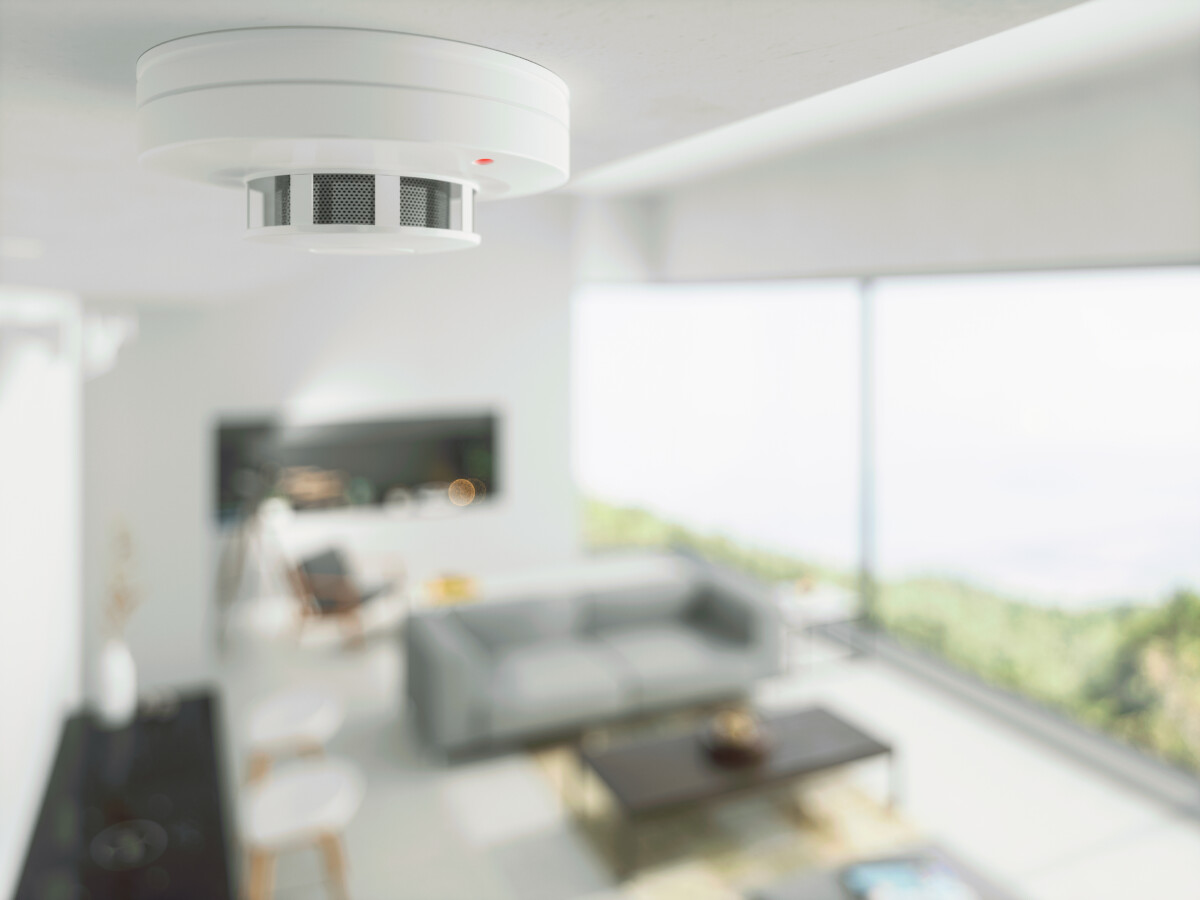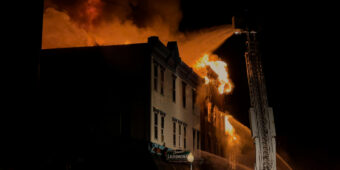What the Building Code update means
25 Jan 2024, LBP & Regulation, Learn, Prove Your Know How

On 2 November 2023, the Ministry of Business, Innovation and Employment (MBIE) published updates to a series of acceptable solutions and verification methods
This article details what has changed as a result of the latest updates and highlights important information that all Licensed Building Practitioners (LBPs) need to know. The changes included:
- Plumbing and drainage.
- Protection from fire.
- Structural stability of hollow-core floors.
What has changed and how is it important to you?
The most important changes affecting LBPs are the updates to protection from fire for low-rise residential buildings in Acceptable Solution C/AS1. This acceptable solution now requires interconnected smoke alarms throughout new residential buildings.
This change will significantly improve life safety without a big increase in construction costs. This update provides clarity on requirements for door lock devices, external safe paths and measuring travel distances to a final exit.
Interconnected smoke alarms
Following the feedback MBIE received during consultation, we have introduced interconnected smoke alarms as the minimum fire safety system in household units.
Interconnected smoke alarms work by sending a signal between the smoke detectors. If one smoke alarm detects a fire, all the smoke alarms in the home will sound an alarm. This update aims to bring New Zealand in line with the latest industry standards. We have cited NZS 4514:2021, which sets out the requirements for the installation, maintenance and commissioning of interconnected smoke alarms. Smoke detectors will need to be installed in all bedrooms, living spaces, hallways and landings and, in multi-level dwellings, there must be at least one smoke alarm on each level. The standard provides recommendations on different types of detectors that can be used in different areas of a house to avoid nuisance alarms (such as in a kitchen).
The standard also provides options for different power supplies and includes wired smoke alarms or wireless smoke alarms with long-life batteries. A hard-wired interconnected smoke alarm system can be installed during construction while the house is being wired.
The new Acceptable Solution can be used today and has a one-year transition period ending in November 2024. Until then, the previous Acceptable Solution can be used for new building work. Homes or buildings which are renovated or have a change in use will also have to consider compliance with new requirements. For existing buildings, battery-operated interconnected smoke alarms can be installed without the need to rewire the home. This is a cost-effective solution that saves lives.
Means of escape
We have updated Part 3 of C/AS1 relating to means of escape and escape routes.
In C/AS1 escape routes include open paths, safe paths and final exits. There are limits on the height, width and length of escape routes in Sections 3.2 and 3.3. Open paths are generally the portion of the escape route inside the house or unit where occupants may be exposed to fire or smoke while making their escape.
There is a simplified method for measuring the length of open paths in paragraph 3.3.2.1. This generally occurs with multi-unit dwellings or sites with multiple buildings on them where occupants may have to travel past other units or buildings while making their escape. There are different ways an external safe path can be protected as these are given in subsection 3.3.5 and figure 3.3.5.3. Final exits are located at the end of open paths or at the end of the external safe path when people can safely disperse, such as onto a public street.
It is important to identify where the final exit is to ensure that open path lengths are not exceeded and that external safe paths are adequately protected along their entire length.
Door lock devices
As part of the update for C/AS1 we have issued clarification regarding door locks on escape routes. This means the door must be able to be opened from the inside without a key. This is something to consider when carrying out a renovation as there are a lot of modern locking devices on the market.
Plumbing and drainage
We have made changes to E1 Surface Water, G12 Water Supplies and G13 Foul Water. All plumbing work should be carried out by a qualified plumber, however it is important to be aware of these changes if you are managing a project.
Changes to Acceptable Solution G12/AS1 include measures to lower the maximum hot water temperature delivered at the tap for most buildings from 55°C to 50°C, and the introduction of additional temperature control devices to give plumbers more ways to limit hot water temperatures.
These changes do not apply to the hot water used for kitchen or laundries, nor do they apply to the temperature of hot water in the storage tank. The changes apply only to personal hygiene taps and baths in new buildings and new plumbing work.
The G12/AS1 update also includes reducing the lead content in plumbing products.
New documents
The update acceptable solutions and verification methods can be found on Building Performance website, along with further information on the 2022 Building Code update: building.govt.nz/building-code-compliance/annual-building-code-updates/2022-building-code-update
This article is an excerpt from Codewords Issue 116 and has been published verbatim. As such, neither PlaceMakers nor Under Construction magazine’s publishers take responsibility for the accuracy of the article or its corresponding questions.
Reading Codewords articles that are relevant to your licence class is a mandatory requirement for Licensed Building Practitioners. These questions can be answered through the LBP portal, online on the Under Construction website or recorded on the magazine, then provided at the time of renewal.
Register to earn LBP Points Sign in
6 Comments
Leave a Reply
You must be logged in to post a comment.




good
awesome
Well done
Cool
done
Good